How different cup shapes affect the flavour of coffee
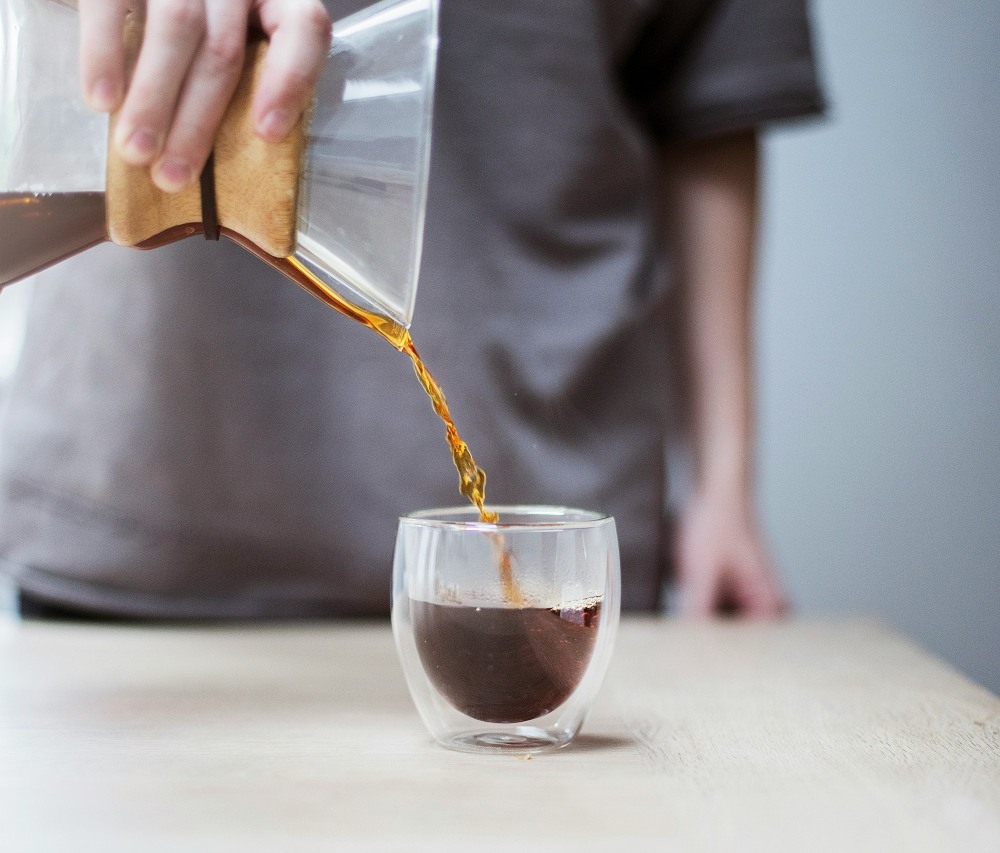
Many different factors affect how we taste coffee – ranging from grind size to our age to the temperature of the beverage as it cools. But have we ever really thought about the drinking vessel itself?
A growing body of research indicates that cup shape has a greater effect on the experience of drinking coffee than we originally thought. In 2018, Brazilian neuroscientist Dr. Fabiana Carvalho published a paper suggesting that cup shape influences not only our overall enjoyment of a particular coffee, but also how we perceive sweetness and acidity. Her research built on a similar study, which suggested that the weight, texture, and shape of coffee cups have a huge impact on our sensory experiences.
In an industry with such a prominent focus on maintaining quality and consistency, it’s clear that we need to take a closer look at how different cup shapes affect flavour perception – and why some coffee shops should consider experimenting with this.
To learn more, I spoke to prominent and pioneering Nordic roaster Tim Wendelboe and 2023 World Barista Championship runner-up Daniele Ricci.
You may also like our article exploring whether drinking from a wine glass changes the flavour of specialty coffee.
Cup shape and flavour perception
Researchers have identified around 1,000 aromatic volatile compounds in coffee, which contribute to the flavours and aromas that we perceive. We detect aromas through the nose (orthonasal perception) and the mouth (retronasal perception). Essentially, this means we experience both at the same time.
The subtle but important distinction between aroma and taste has fascinated researchers for years. In his book An Outline of Psychology, psychologist E.B. Titchener proposed that taste has four familiar qualities: bitter, sweet, sour, and salty. The fifth basic taste, umami, is a more recent addition.
This research led to the development of the often misinterpreted “tongue map”, which proposed that different parts of our tongues can detect different tastes more effectively. For example, researchers believed the front of our tongues could perceive more sweetness, while the sides picked up on sour flavours, and the back perceived bitterness.
Today, we understand that the perception of complex flavours – such as those in coffee – comes from the retronasal pathway.
Several studies have already shown how the shape of different glasses impacts the taste of wine and beer. And we’re now beginning to understand that the same is true for coffee.
In her research paper, Dr. Carvalho asserts that the multisensory experience of perceiving coffee flavour goes beyond the combination of orthonasal and retronasal olfaction.
“It involves the integration of cues coming from all of our senses,” she writes. In the context of drinking coffee, this includes “extrinsic cues” such as the shape and overall design of the cup. The wine industry has documented this phenomenon for decades, and it’s now common practice to match certain wines or grape varieties to specific-shaped glasses.
Understanding the study
Dr. Carvalho’s study goes on to demonstrate that cup shape does appear to affect the perception of flavour in coffee. A sample consisting of both industry professionals and non-professional consumers tasted the same coffee using three different-shaped cups.
“Participants were divided into three testing groups according to the shape of the cup,” Dr. Carvalho writes. “The cups were chosen because ‘shape’ was the only factor that varied between them. All of the cups were made of the same material (ceramic), and had the same texture (smooth), colour (white), height (6.5 cm), and were virtually the same weight.”
Her findings indicate that all assessed attributes – aroma, sweetness, acidity, and overall enjoyment – were affected by the shape of the cup. When drinking from the tulip-shaped cup, both professionals and non-professionals said the aroma was significantly “stronger”. They also perceived more sweetness and acidity when drinking from the split-shaped cup.
In conclusion, Dr. Carvalho suggested the cups from which we drink coffee should be “carefully designed to optimise the consumer experience of the contents and to match a given consumer’s particular taste preferences.”
Applying the science to real-world situations
In light of Dr. Carvalho’s findings, a growing number of specialty coffee shops and coffee competitors are putting the results to the test.
The 2023 World Barista Championship was no exception, with Italian competitor Daniele Ricci being a notable standout. In his routine, he used specially designed cups for his espresso course, which were the result of a three-year collaboration with Dr. Carvalho.
“I had the pleasure to work with Fabiana on how our senses play a big role in flavour perception, so I based my 2020 Italian Barista Championship presentation on that,” he explains. “I gave headphones and some pieces of soft pink fabric to the judges, as well as some fruits and specific photos – all of which were intended to help them to perceive the flavours in the coffee a little better.”
Following his national 2020 win, Daniele was keen to use this concept again in future competitions. The 150ml cups he used in his 2023 routine had a more open shape with an angled rim. He explains this helps to facilitate the retronasal experience.
This is particularly helpful at the WBC, he adds, because there is no official or formal method for scoring aroma attributes alone.
“If you say, for example, that this coffee smells like pineapple, and then the judges taste something like pineapple, it enhances the whole experience and can help improve your overall score,” he tells me.
Experimenting with different cup shapes
Tim Wendelboe is the founder of Tim Wendelboe roastery in Oslo, Norway, and is also the 2004 World Barista Champion. Several years ago, he collaborated with designer Kristin Hærnes Ihlen on a line of uniquely designed coffee cups.
“We were serving espresso in the traditional small cups, even though I prefer to use bigger cups,” he explains. “But we wanted to do something different for our filter coffee cups. We only had one specific type and I didn’t feel it was necessarily the best.”
During this time, Kristin was working on a master’s thesis which sought to improve the coffee drinking experience by focusing on cup design. She approached Tim and asked him to test some of her designs.
“She came to me with at least ten models, maybe even more,” Tim recalls. “It was quite overwhelming and she wanted me to select just one cup.
“I noticed straight away that the shape of the cup made the coffee express itself in a different way. But more importantly, that certain types of coffees tasted better in certain cups,” he adds.
Ultimately, Tim chose three designs: Tulipan (cone-shaped), Splitt (wide mouth), and Åpen (classic U-shape). These “Oslo series” cups became some of the first commercially-available cups specifically designed to highlight the unique characteristics of different coffees. Furthermore, Dr. Carvalho also used the Oslo series cups in her study.
Still in production today, the Oslo cups have arguably set a new standard for specially-designed coffee cups – inspiring other projects like Kruve’s Excite and Inspire glasses and Origami’s Aroma series.
How to use different cups for different coffees
First and foremost, it’s important to note that not all specialty coffee shops and roasters will want to implement this kind of system. To do this effectively, baristas would need to consistently know which types of coffee to pair with certain cups – and to also make sure enough cups are always available.
Moreover, stocking numerous different types of cups could take up significant space – making it impractical for smaller-sized coffee businesses.
Tim, however, tells me he has implemented this system to great effect. At his coffee shop, baristas match coffees with cups based on their key characteristics and how these can be best expressed:
The Tulipan cups are paired with coffees that have lower acidity levels, like Brazilian or Indian coffees
The Splitt cups are used for coffees with intense fruity and floral aromas and brighter acidities, typically Kenyans and Ethiopians
The Åpen cups are paired with coffees that have fruity characteristics and medium-intense acidities
At the same time, Tim emphasises that these rules are not set in stone. Instead, he argues that part of the experience is experimenting with different coffee-cup combinations to influence customers’ experiences.
Based on Dr. Carvalho’s research, more aromatic coffees may suit tulip-style cups with narrower openings. She suggests this can “trap” aromatics in the cup. This encourages the drinker to lift their chin up, and thereby improve their aroma perception.
Additionally, sweeter and more acidic coffees might benefit from cups with wider mouths. As part of her study, Dr. Carvalho found that the Splitt cup in particular enhanced perceptions of sweetness and acidity.
What about espresso?
Similar to how Daniele used different-shaped cups during his espresso course at the 2023 World Barista Championship, Tim tells me he uses different cups for espresso. He says the decision is based on which coffee is served, as well as the drinking experience he wants to provide to customers.
“We developed our own cups, which are heavier and cool the liquid down faster,” he explains.
He adds that he wants texture to be the main focus of espresso and milk-based beverages in his coffee shop.
“Cup shape can dictate how much microfoam sits on top of the drink,” he says. “We like a very creamy and foamy cappuccino, so we use cups that concentrate the foam a little bit more.”
Do customers notice the difference?
While research certainly indicates cup shape massively impacts coffee flavour, the question still remains: is the practice of using different-shaped cups solely restricted to competitions and more high-end coffee shops? Or should the industry start to embrace it more widely?
Well, according to Dr. Carvalho’s study, for non-professional coffee drinkers, cup shape had a negative impact on the overall enjoyment of certain coffees.
Non-professionals scored coffees lower when drunk from the Splitt cup. This was linked to prior research which suggests that consumers tend to prefer more “traditional” cup designs – and that more unique cup shapes can lead to lower overall enjoyment when drinking coffee.
However, Tim points out that customer feedback has been overwhelmingly positive.
“Specialty coffee loves being backed by science, but you do have to limit this in some cases,” he says. “Some people might find it pretentious, but for me, it makes coffee more fun. And when you make coffee more fun, people tend to start asking more questions and end up learning more.”
Elevating the customer experience?
Ultimately, Tim argues that attention to detail “makes the whole experience more holistic”.
Daniele agrees, saying “customers should have an experience that feels different to the ordinary.
“I really believe that we should use different cups for different kinds of coffee,” he adds. “For example, you could use one particular cup for Panamanian Geshas, another for more floral coffees, and another for fermented coffees.”
A well-designed cup can’t always necessarily improve coffee flavour. However, it’s clear that cup shape plays a much more crucial role in our drinking experience than previously thought.
For now, it seems using different-shaped cups for certain coffees is a practice reserved for competitions and more exclusive coffee shops. But that doesn’t mean baristas and café owners can’t start experimenting on their own terms, as well as being guided by extensive research.
Enjoyed this? Then read our article on the language of specialty coffee.
Photo credits: Tim Wendelboe, Figgjo Norway, Dorothee Brand
Perfect Daily Grind
Want to read more articles like this? Sign up for our newsletter!
The post How different cup shapes affect the flavour of coffee appeared first on Perfect Daily Grind.
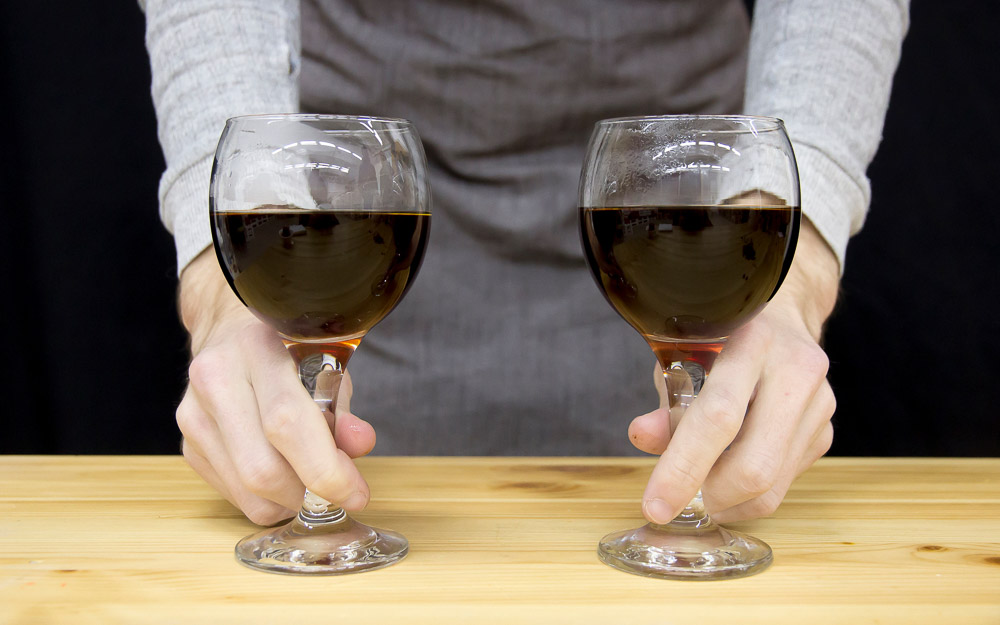
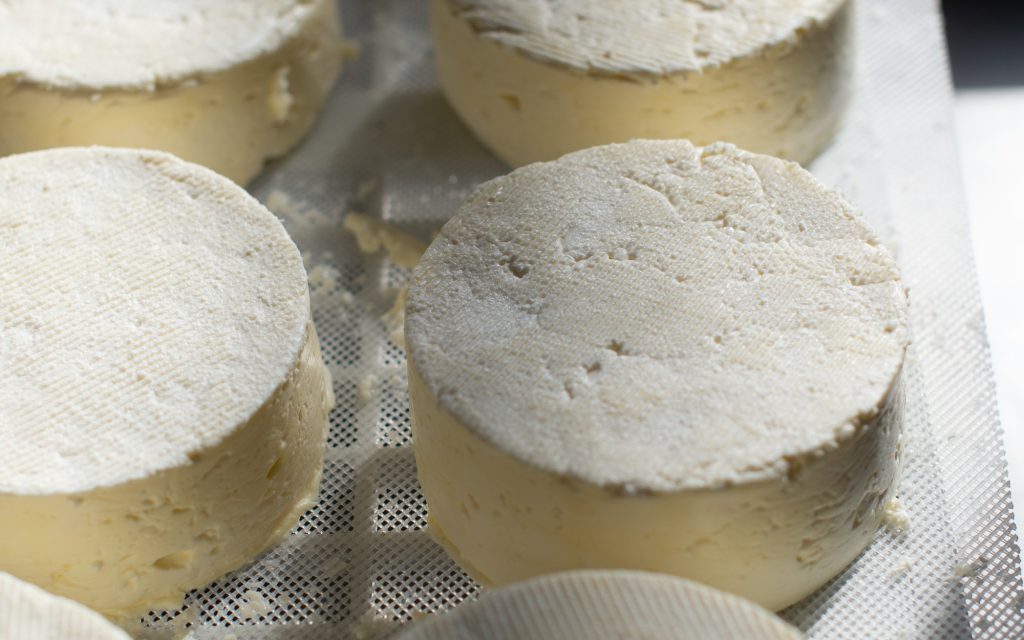
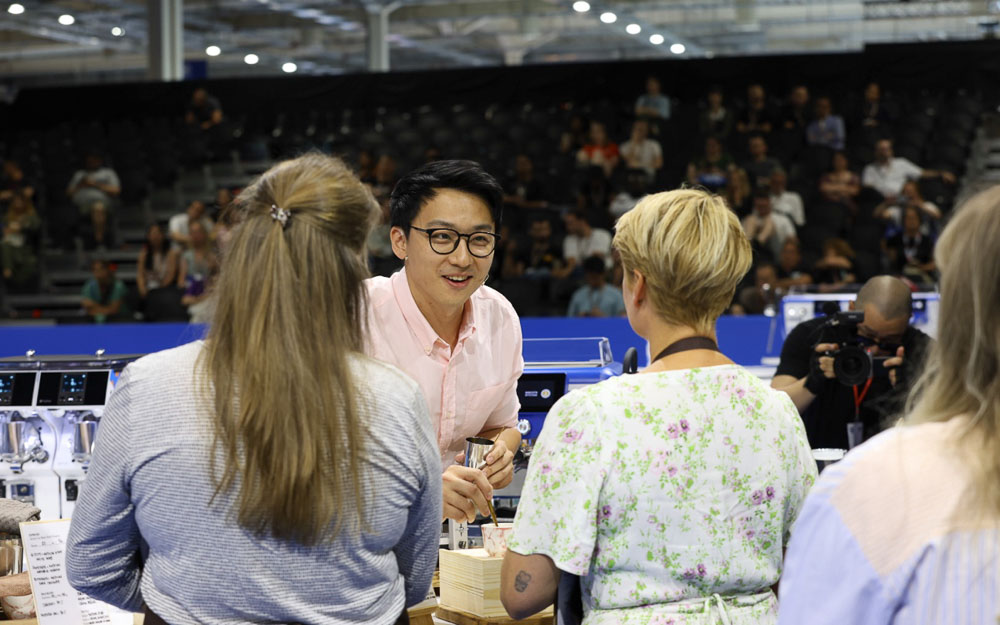
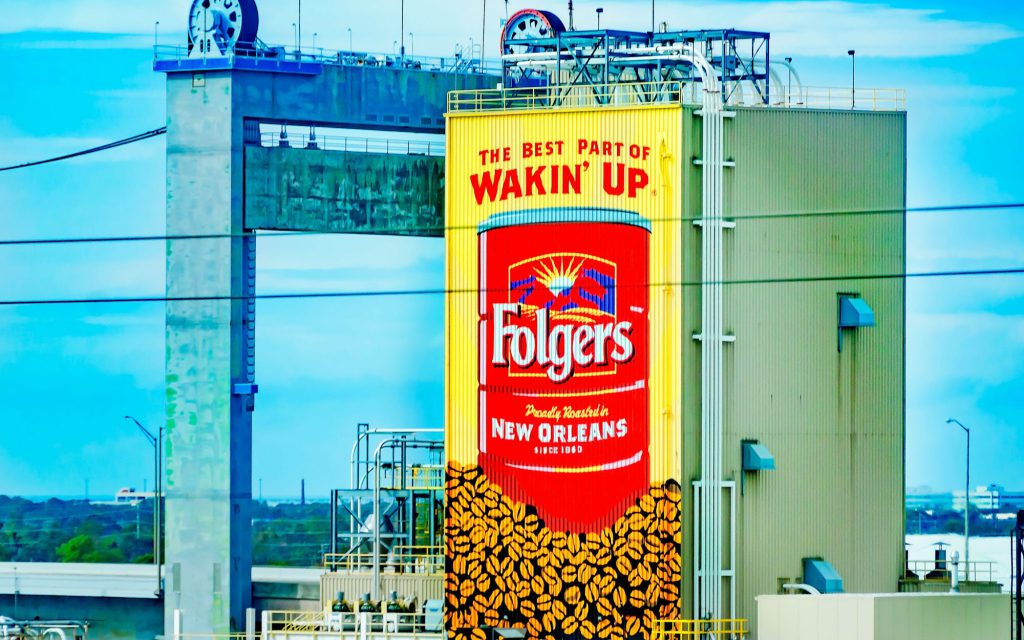
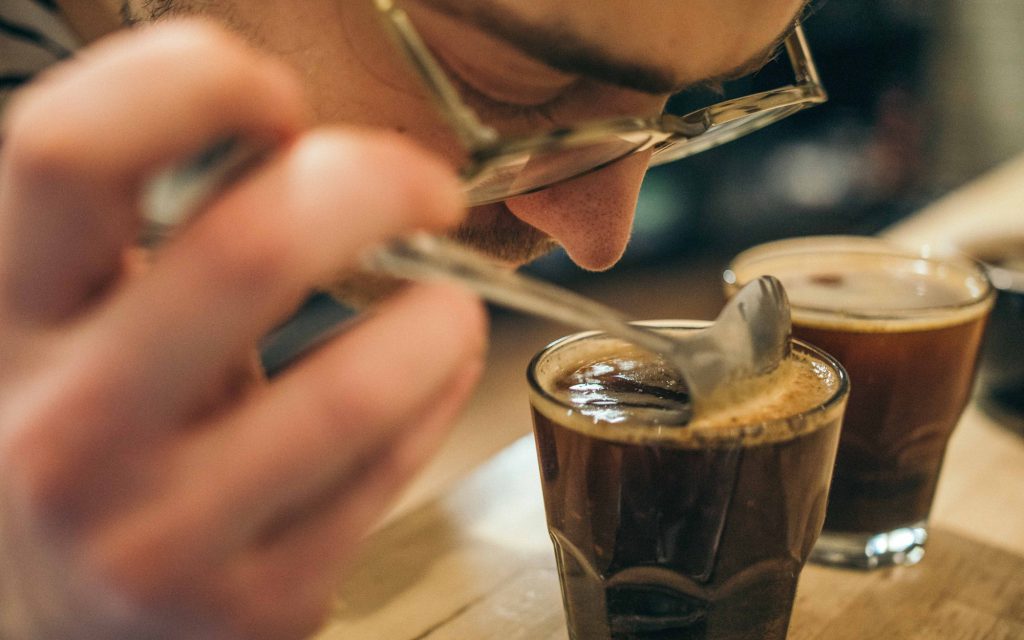
Responses